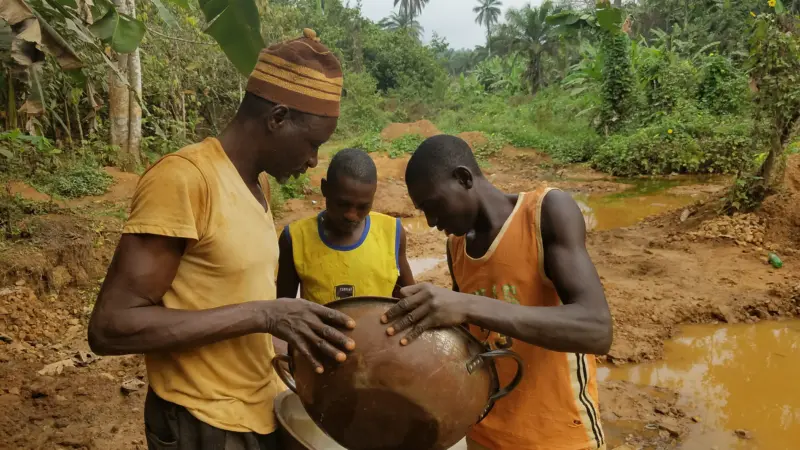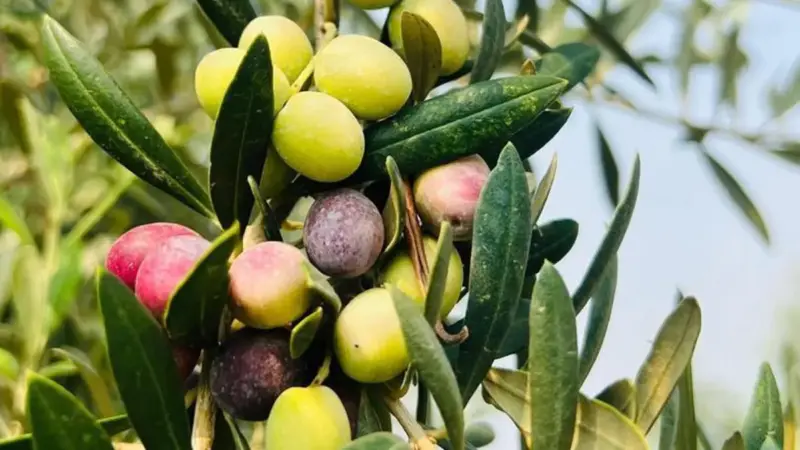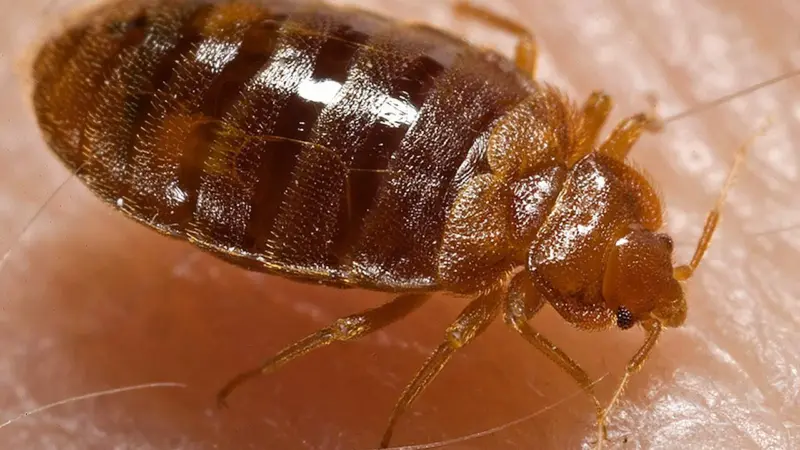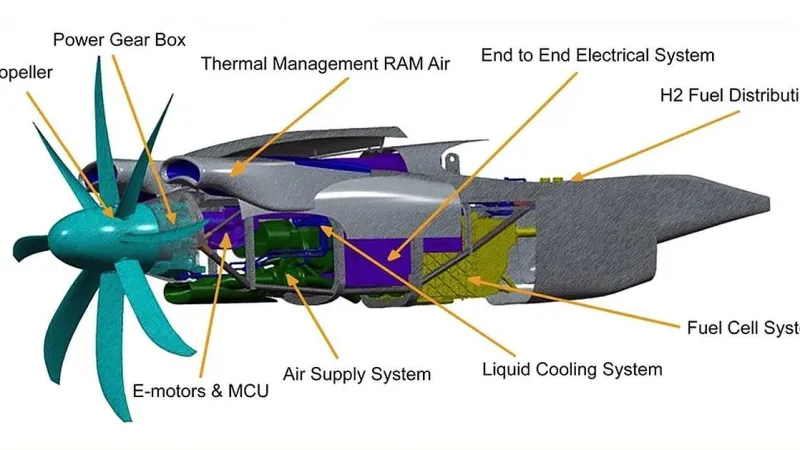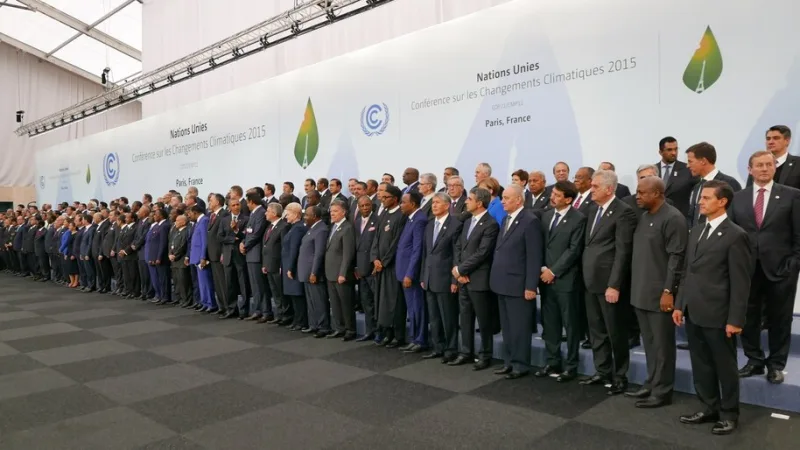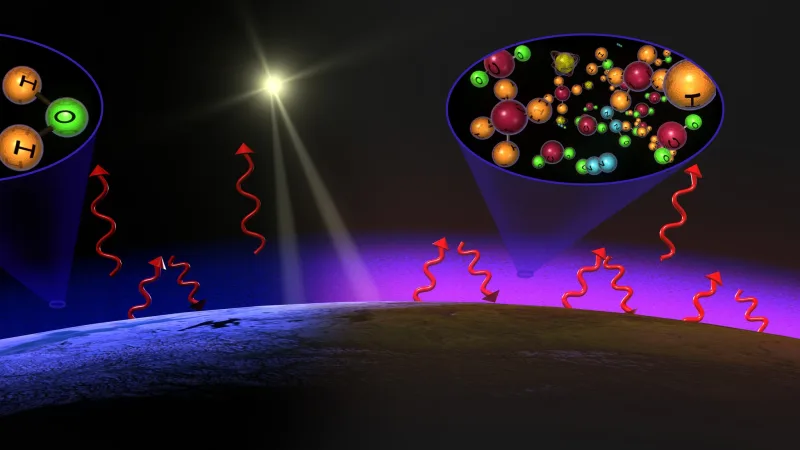What Fuels California’s Winter Wildfires?
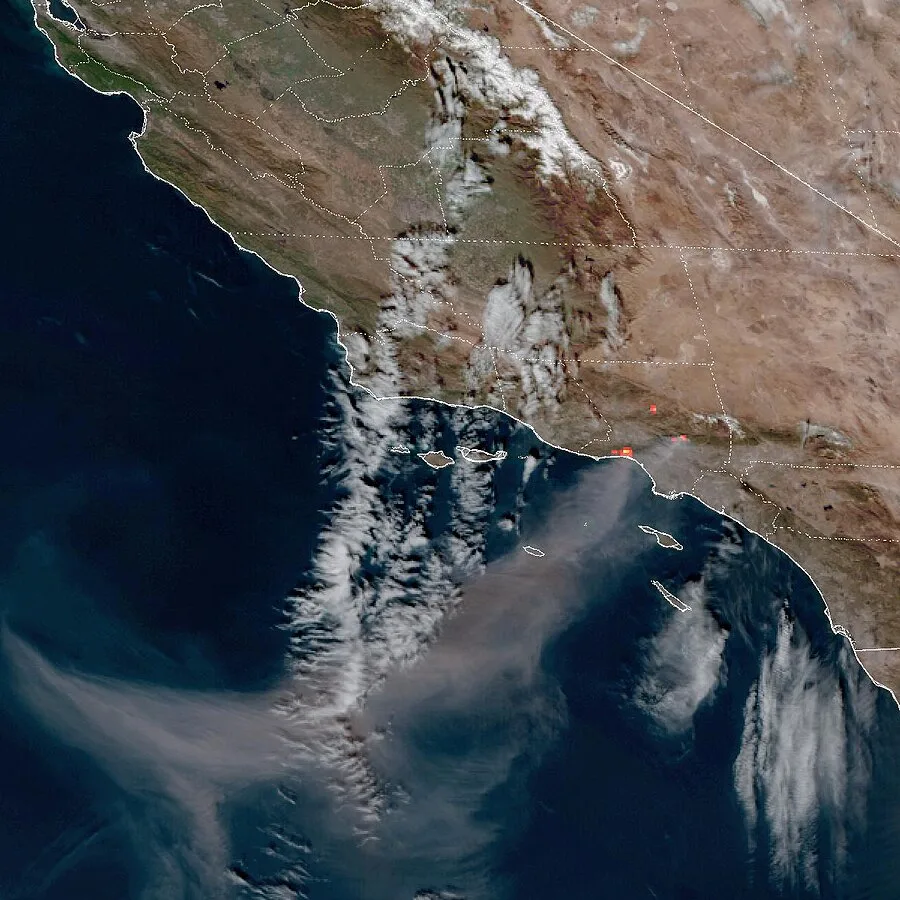
The ongoing wildfires in Los Angeles County, California, have devastated lives, communities, and landscapes. Fueled by extreme weather conditions, these fires have rapidly spread into urban areas, forcing thousands to flee their homes. With at least five lives lost and thousands of structures destroyed, the situation underscores the pressing need to understand and address the factors contributing to such disasters.
The Current Situation: A Fierce Blaze Across the County
Several wildfires are wreaking havoc in Los Angeles County, with the largest, the Palisades Fire, consuming approximately 17,000 acres of land. This fire alone has destroyed nearly 1,000 structures since it ignited on January 7. Meanwhile, the Eaton Fire near Pasadena has burned over 10,600 acres, adding to the destruction. Smaller fires, including the Sunset, Hurst, and Lidia fires, continue to smolder, threatening additional areas. Over 100,000 residents have been evacuated, leaving behind their homes and livelihoods.
Why Are Winter Wildfires Happening?
Traditionally, California’s fire season occurs from May to October. However, rising global temperatures and decreasing rainfall have extended this season into what was once considered the off-season. Experts warn that fire seasons are becoming a year-round challenge in some regions of the state. This troubling trend reflects the broader impact of climate change on weather patterns.
The Role of Santa Ana Winds: Nature’s Catalyst
A key player in the spread of these wildfires is the infamous Santa Ana winds. Originating from inland desert regions, these dry winds gain speed as they move westward, reaching velocities of up to 100 miles per hour. As they descend mountain ranges, the air compresses and warms, reducing humidity levels and drying out vegetation. This creates the perfect conditions for fires to ignite and spread rapidly. In fact, the National Weather Service recently issued warnings about “life-threatening, destructive windstorms” that would exacerbate the fire risk.
Fueling the Flames: A Perfect Storm of Conditions
The abundance of dried grass and vegetation further intensifies the fires. Southern California’s climate in recent months has alternated between extremes. A wet year in 2023 led to the growth of dense vegetation, which subsequently dried out during one of the driest and hottest starts to winter on record. This phenomenon, often referred to as “weather whiplash,” creates a cycle where vegetation growth during wet periods becomes highly flammable during dry spells.
The Climate Change Connection
While individual fires cannot always be directly linked to climate change, the broader trends are undeniable. Human-induced global warming has heightened the conditions conducive to wildfires, such as hotter summers, drier winters, and more erratic precipitation patterns. Wetter years result in greater vegetation growth, which later dries out and serves as fuel during dry periods. The cumulative effect makes California’s landscapes more prone to devastating fires.
Related: What Made Hurricane Milton So Devastating? Here’s the Science
Health Risks from Wildfire Smoke
Beyond the immediate destruction, the wildfires pose significant health risks due to smoke inhalation. The fine particles in wildfire smoke can travel great distances, affecting air quality in regions far from the flames. These particles are known to damage lungs, increase the risk of heart attacks, and lower life expectancy. Vulnerable groups, such as children, older adults, pregnant individuals, and those with pre-existing conditions, face heightened risks.
The Los Angeles County Department of Public Health has reported unhealthy air quality levels, particularly in the northwest coastal areas. Health officials urge residents to monitor air quality and take precautions to protect themselves, including staying indoors, using air purifiers, and wearing masks.
Preparing for the New Normal
The increasing frequency and intensity of wildfires in California call for urgent action on multiple fronts. This includes improving community preparedness, investing in fire-resistant infrastructure, and addressing the root causes of climate change. Public awareness and individual efforts to reduce emissions can also play a vital role in mitigating future disasters. As the fires continue to burn, the resilience of Californians will be tested.

